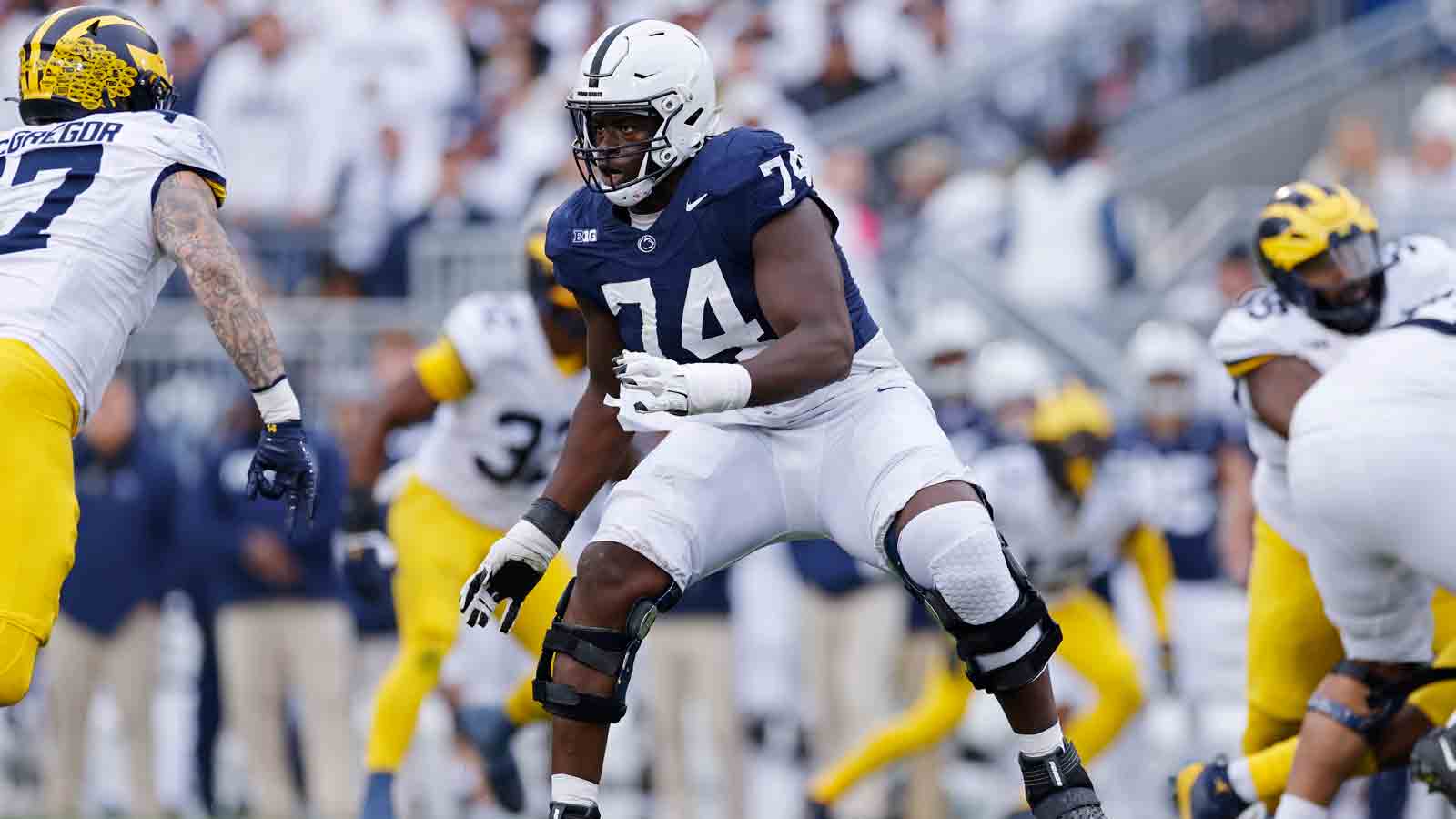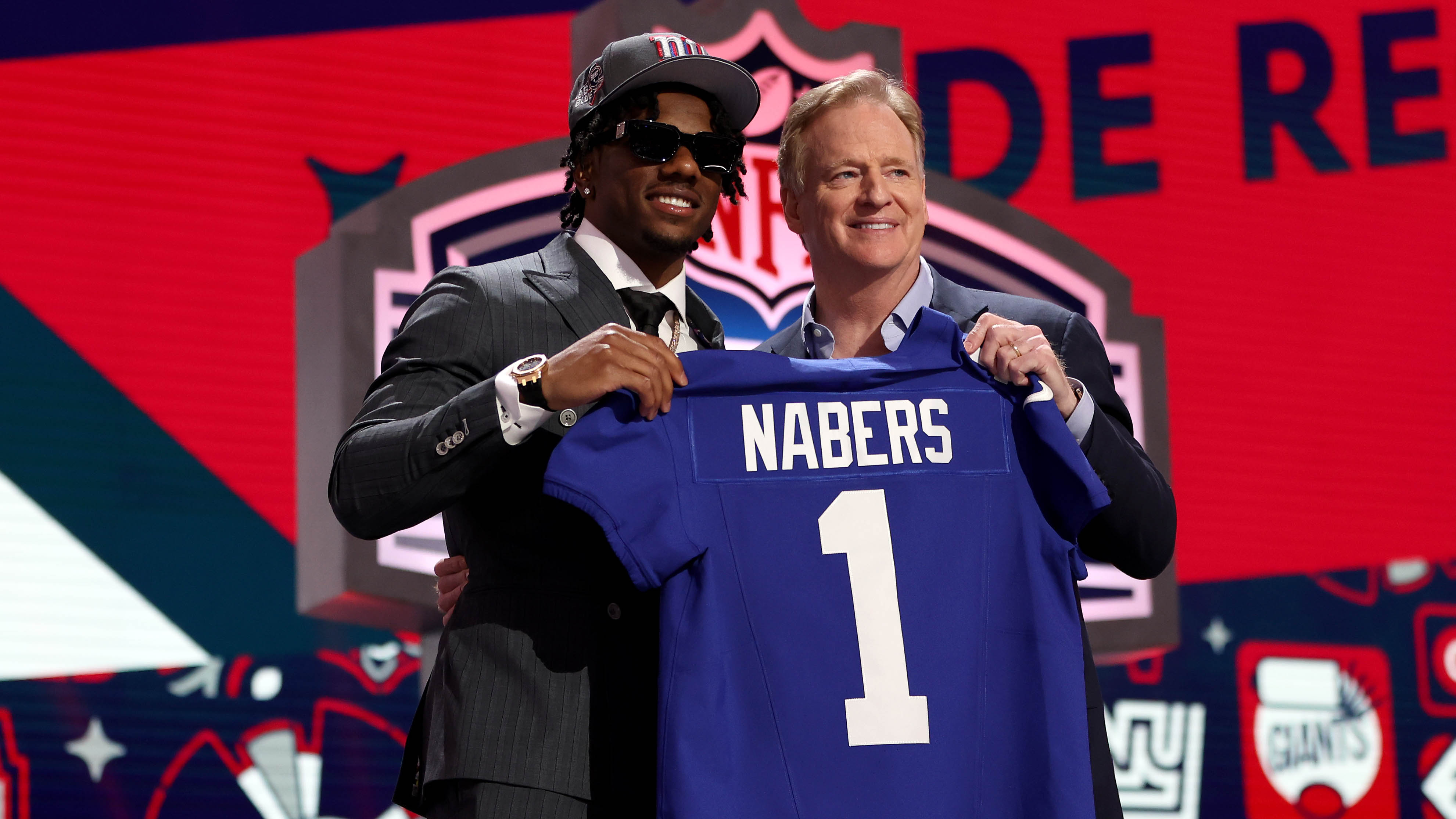Did you see the nearly 1,000 policemen, firemen and first responders at the WTC site this morning? Don't be alarmed, this was only a drill.
Firefighters carried oxygen tanks, hoses and heavy axes into an underground train station, while police and other emergency personnel helped those playing injured — all part of a large disaster response exercise at ground zero.
Every day, 50,000 commuters pass through the World Trade Center PATH station. The threat level for a terrorist attack in the tunnel is among the highest in the city, according to terrorism experts. That's why the NYPD, FDNY, Port Authority and more groups conducted a training exercise to test how well the agencies work together if the site were targeted by a terrorist attack.
"The motto for today is: You can never be too prepared," said Chris Ward, executive director of the Port Authority of New York and New Jersey, which runs area transit hubs and owns the trade center site. "We will evaluate how well we did prepare, how well we performed, find wherever we did make mistakes and how we can improve."
The two-hour drill recalled the July 7, 2005, bombings on the London subway system more than the 2001 attack on the twin towers.
Here's the scenario: A path train traveling from the World Trade Center station to New Jersey had 2 I.E.D's explode. Eight hundred passengers are trapped inside the tunnel with serious injuries. The responders were given the mission to rescue and treat the passengers and determine if the threat was over. A command center was set up and Citywide Incident Management System (CIMS) was implemented. During the drill, authorities tested out new security devices the city has invested in since Sept. 11.
The police, firefighters and other emergency personnel joined about 150 volunteers, who posed as injured passengers smudged with grime and fake blood.
"We're not going to be complacent and cross our fingers and hope nothing is going to happen again in New York City," said Deputy Mayor Ed Skylar. "We want to protect New Yorkers."
"There will be some things that won't go exactly as planned, but that's what we're here for; we want to learn," added Police Commissioner Raymond Kelly.
The city learned a lot after the infamous White House flyover of a jet over lower Manhattan that drove thousands into the streets in a panic. This time commuters were given plenty of notice about the drill. Officials bought TV ads and plastered train stations with posters to warn downtown residents of the drill. There haven't been as many responders at ground zero since the Sept. 11 attacks.
Commuters like Horace Steele had to divert their trip to the city via Hoboken because of rail closures during the drill but felt it was a small price to pay for security.
"I think its a great thing for them to start training for an emergency; I think that's great," Steele said.
Local
"The main thing we're trying to evaluate is the ability of all these agencies to work together," said Joseph Bruno, New York City's commissioner of emergency management.
Poor communication and jurisdictional infighting between the police and fire departments impeded rescue efforts when the twin towers were struck in 2001, and Bruno said he was confident that the departments are better at working together now.
"I think we are at a totally different place than we were at the time of that incident, and that's good," he said.
"We're not going to be complacent and cross our fingers and hope nothing is going to happen again in New York City," said Deputy Mayor Ed Skylar. "We want to protect New Yorkers."
"There will be some things that won't go exactly as planned, but that's what we're here for; we want to learn," added Police Commissioner Raymond Kelly.
The city learned a lot after the infamous White HOuse flyover of a jet over lower Manhattan that drove thousands into the streets in a panic. This time commuters were given plenty of notice about the drill. Officials bought TV ads and plastered train stations with posters to warn downtown residents of the drill. There haven't been as many responders at ground zero since the Sept. 11 attacks.
Commuters like Horace Steele had to divert their trip to the city via Hoboken because of rail closures during the drill but felt it was a small price to pay for security.
"I think its a great thing for them to start training for an emergency; I think that's great," Steele said.



